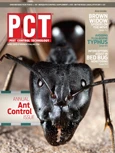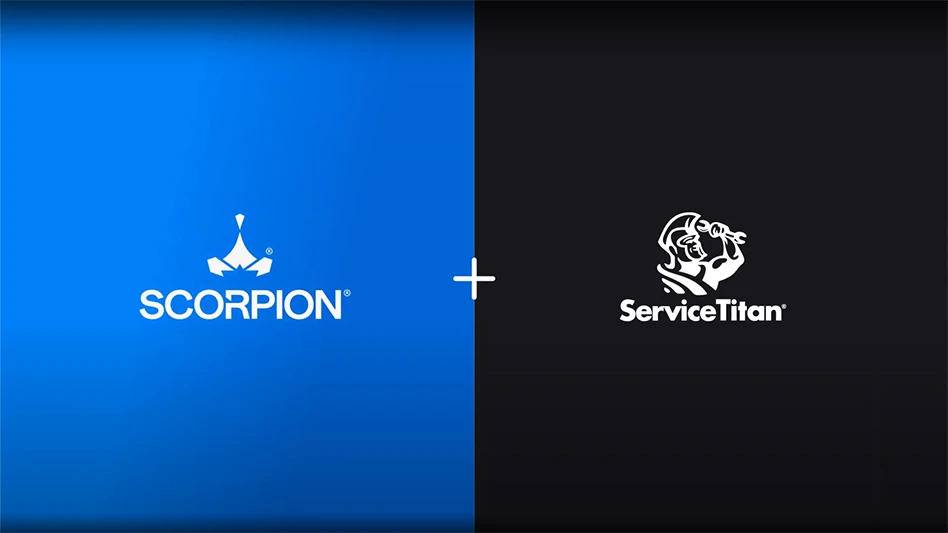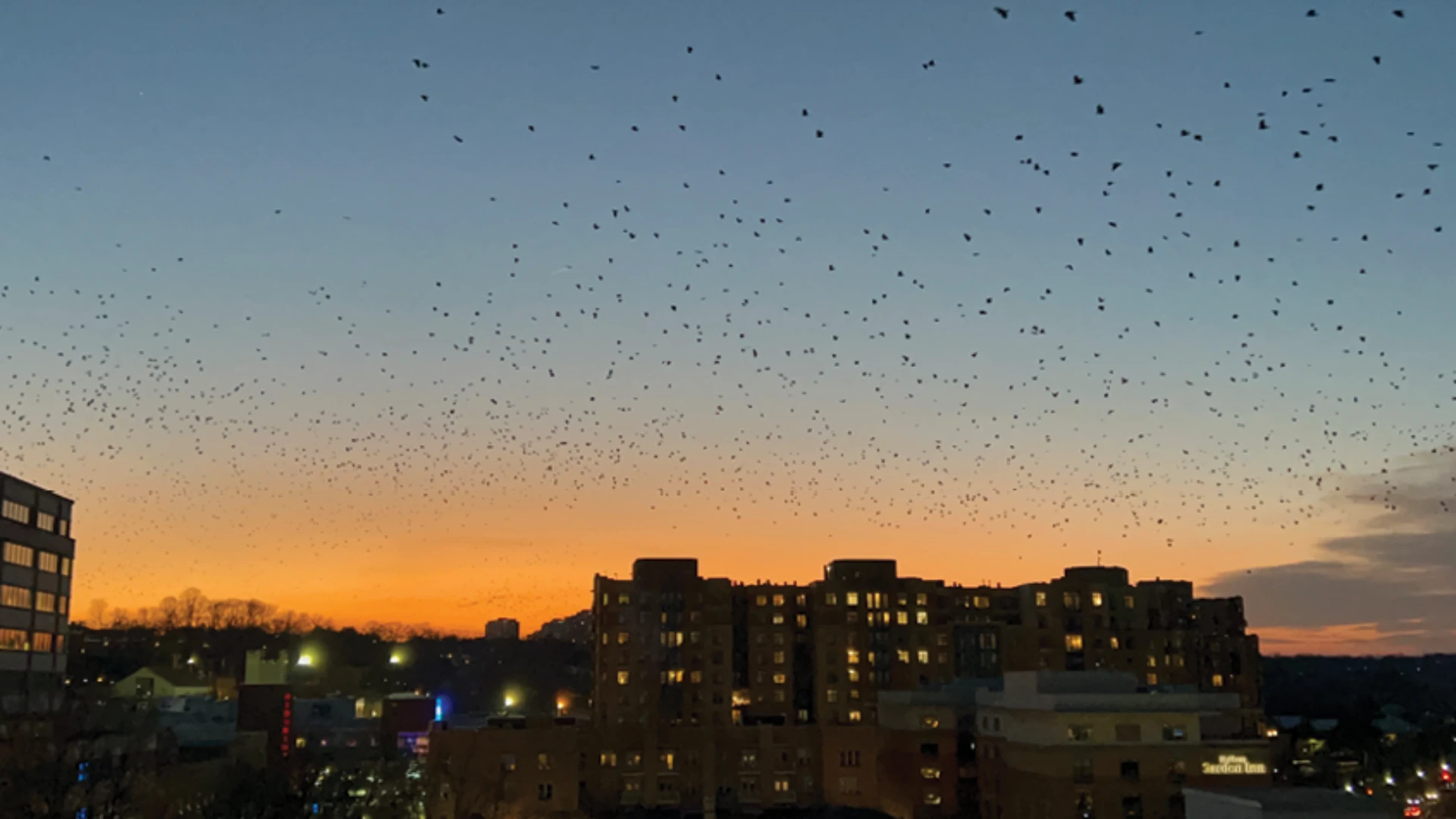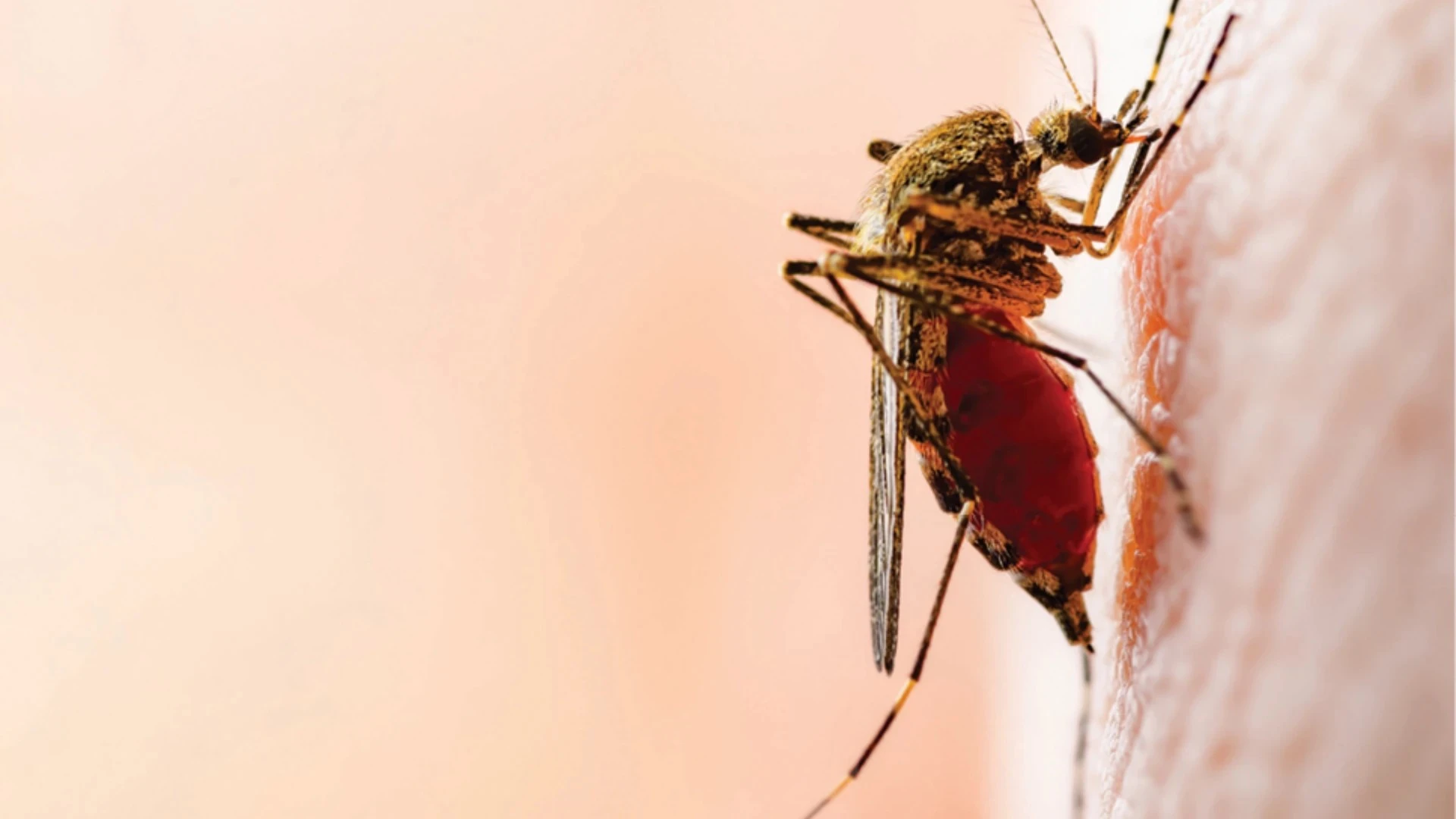Fire Ant Fast Facts
Order/Family: Hymenoptera/Formicidae
Scientific Name: Solenopsis spp.
Fire ant workers vary in size ranging from 1⁄16- to 1⁄4-inch long
Six to eight swarms occur each year which typically contain 4,500 swarmers each
Several species of Solenopsis are called “fire ants” because of the fiery pain their stings inflict upon the victim
Description: The thorax lacks spines, and the petiole has two nodes. Fire ants have a stinger at the tip of the abdomen and 10-segmented antennae, which is tipped with a two-segmented club.
Biology: The red imported fire ant single-queen colonies range in size from 80,000-250,000 workers and 30 to 100 mounds per acre. Multi-queen colonies have fewer workers per colony but 200 to 700 mounds per acre. Queens can produce approximately 1,500 eggs per day. The larvae mature into workers in 22 to 38 days. Queens live from two to six years. Males die shortly after swarming.
Habits: Several species of Solenopsis are called “fire ants” because of the fiery pain their stings inflict upon the victim. These ants usually nest within the ground but can develop colonies within structures, especially in areas near the soil. They are attracted to electrical junction boxes such as air conditioners and traffic signals. When nesting within the soil, they build large, unsightly mounds which are a detriment to cultivation of fields. Some species of fire ants nest in typical ant habitats, such as beneath stones, landscape timbers, within voids and around foundations.
Control: Fire ants can cause problems within structures if the workers are habitually foraging for food within it. By applying barrier sprays or dusts of residual insecticides to the soil and foundations around a building, these areas can be partially protected from ants originating in outdoor mounds. However, this type of treatment is not as effective as treatment of the nest itself.
Interior areas should be thoroughly treated with residual insecticides, especially in areas where ants appear to be entering or traveling.

Explore the April 2009 Issue
Check out more from this issue and find your next story to read.
Latest from Pest Control Technology
- OvoControl Now Available in Chile
- Envu Announces Savings Programs for Pest Management Professionals
- Follow the Trail
- Carpenter Ants: Understanding the Bothersome Burrowers
- Massey Services Acquires Insight Pest Solutions of San Antonio
- Target Specialty Products Expands Sales Leadership Team
- Mosquito Joe Promotes David Price to Vice President of Strategic Growth
- Abell Pest Control Recognized as One of Canada’s Best Workplaces in 2025





